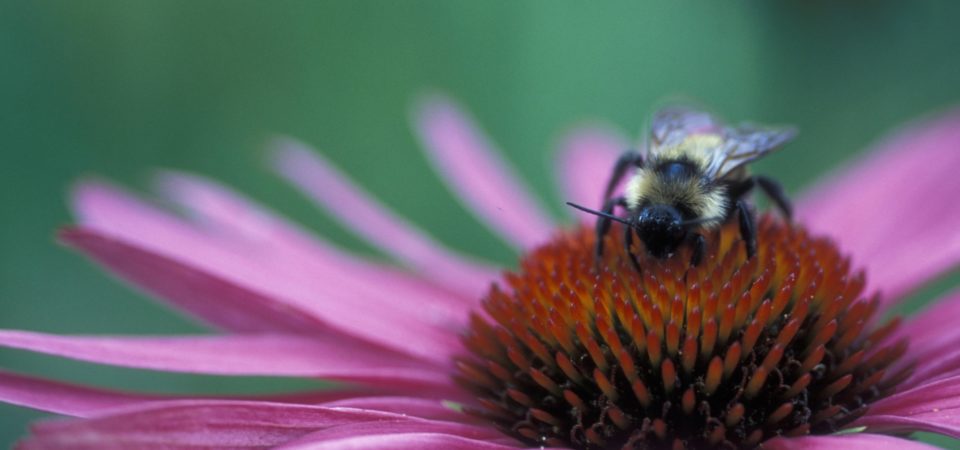Item Link: Access the Resource
Author(s): Food and Agriculture Organization of the United Nations
Newspaper: Food and Agriculture Organization of the United Nations
FAO launches the first-ever global report on the state of biodiversity that underpins our food systems.
22 February 2019, Rome – The first-ever report of its kind presents mounting and worrying evidence that the biodiversity that underpins our food systems is disappearing – putting the future of our food, livelihoods, health and environment under severe threat.
Once lost, warns FAO’s State of the World’s Biodiversity for Food and Agriculture report, launched today, biodiversity for food and agriculture – i.e. all the species that support our food systems and sustain the people who grow and/or provide our food – cannot be recovered.
Biodiversity for food and agriculture is all the plants and animals – wild and domesticated – that provide food, feed, fuel and fibre. It is also the myriad of organisms that support food production through ecosystem services – called “associated biodiversity”. This includes all the plants, animals and micro-organisms (such as insects, bats, birds, mangroves, corals, seagrasses, earthworms, soil-dwelling fungi and bacteria) that keep soils fertile, pollinate plants, purify water and air, keep fish and trees healthy, and fight crop and livestock pests and diseases.
The report, prepared by FAO under the guidance of the Commission on Genetic Resources for Food and Agriculture looks at all these elements. It is based on information provided specifically for this report by 91 countries, and the analysis of the latest global data.
“Biodiversity is critical for safeguarding global food security, underpinning healthy and nutritious diets, improving rural livelihoods, and enhancing the resilience of people and communities. We need to use biodiversity in a sustainable way, so that we can better respond to rising climate change challenges and produce food in a way that doesn’t harm our environment,” said FAO’s Director-General José Graziano da Silva.
“Less biodiversity means that plants and animals are more vulnerable to pests and diseases. Compounded by our reliance on fewer and fewer species to feed ourselves, the increasing loss of biodiversity for food and agriculture puts food security and nutrition at risk,” added Graziano da Silva.
Read the complete report here.
Examples: impacts of biodiversity loss and biodiversity-friendly practices
- In The Gambia, massive losses of wild foods have forced communities to turn to alternatives, often industrially produced foods, to supplement their diets.
- In Egypt, rising temperatures will lead to northwards shifts in ranges of fish species, with impacts on fishery production.
- Labour shortages, flows of remittances and increasing availability of cheap alternative products on local markets have contributed to local crops abandonment in Nepal.
- In the Amazonian forests of Peru, climatic changes are predicted to lead to “savannization”, with negative impacts on wild foods’ supply.
- Californian farmers allow their rice fields to flood in winter instead of burning them after growing season. This provides 111,000 hectares of wetlands and open space for 230 bird species, many at risk of extinction. As a result, many species have begun to increase in numbers, and the number of ducks has doubled.
- In France, about 300,000 hectares of land are managed using agroecological principles.
- In Kiribati, integrated farming of milkfish, sandfish, sea cucumber and seaweed ensures regular food and income as despite changing weather conditions, at least one component of the system is always producing food.

